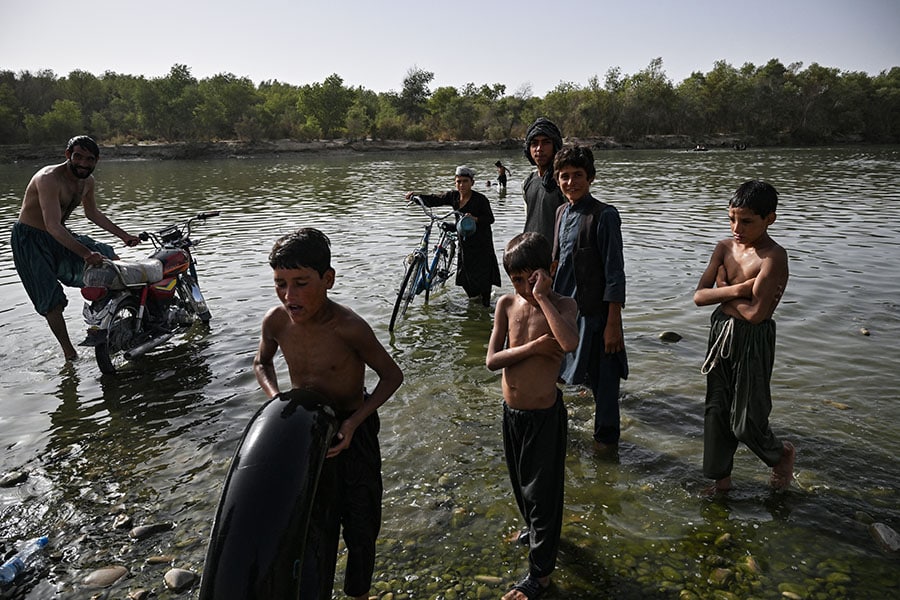
World Water Day 2024: When water creates peace or sparks conflict
The theme of World Water Day this year is 'Water for Peace', a call to utilise water as a means to foster peace and resolve conflicts. Transboundary waters account for 60 per cent of the world's freshwater flows, covering nearly half of the Earth's land surface. More than three billion people depend on water that originates outside their national boundaries, yet just twenty-four countries have cooperation agreements in place on their shared water resources. When water is scarce or polluted, or people have unequal access, tensions can rise between communities and countries
 Image: Li Lin/CNS/VCG via Getty Images
Image: Li Lin/CNS/VCG via Getty Images
An aerial view of a section of the Yarlung Tsangpo ( Brahmaputra) river in Medog County, Nyingchi, Tibet Autonomous Region of China. In November 2020, China announced plans for hydropower construction on the section of the Brahmaputra closest to India, triggering strong responses from the Indian side. Of greatest concern to India are reports of Chinese plans to build a mega-dam just before the Brahmaputra enters India.
 Image: CCTV / AFP
Image: CCTV / AFP
This video frame grab taken from footage recorded in mid-June 2020 shows Indian soldiers crossing a river during an incident where Chinese and Indian troops clashed in the Line of Actual Control (LAC) in the Galwan River valley in the Karakoram Mountains in the Himalayas. There were also reports that in the aftermath of the border clashes, China has blocked the flow of the Galwan River, which crosses from the disputed Chinese-administered Aksai Chin region into the Ladakh region in India. The conflation of the China–India territorial disputes exacerbates water as a source of conflict between them.
 Image: Bruno Kelly / Reuters
Image: Bruno Kelly / Reuters
Combined armies of Brazil, Peru and Colombia patrol the Jurua River, a part of the vast Amazonas, to combat illegal logging and drug trafficking at the triple border in Porto Walter, Acre state, Brazil. South America—Brazil, Colombia, Venezuela, Suriname, Guyana, French Guiana, Bolivia, Paraguay, and Uruguay—has the largest proportion of international borders made up of rivers.











